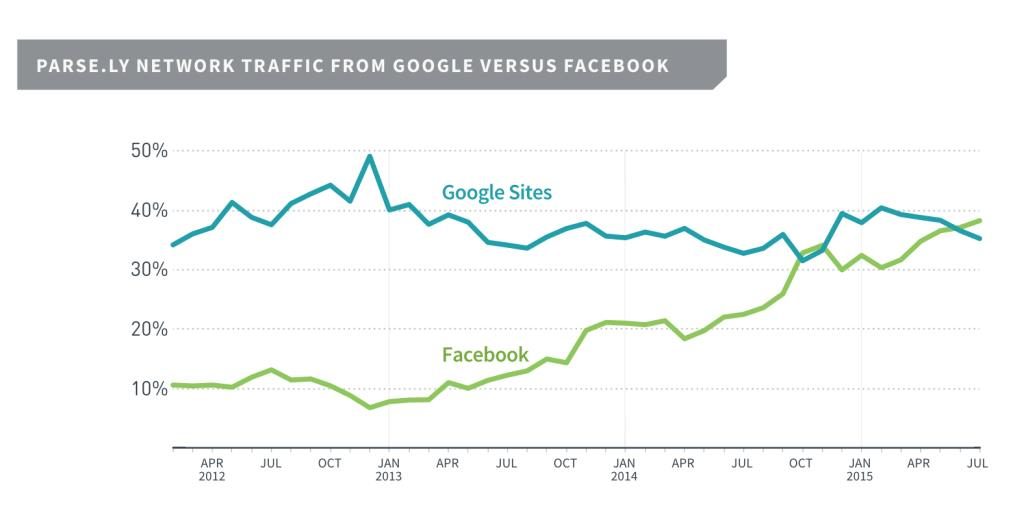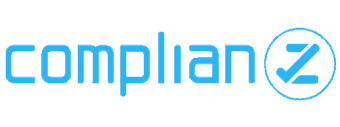Nourishing your Social Media Campaigns
Your organization has worked hard and just finished preparing new resources, and you are excited for your audience to begin using them. You’ve posted all the new material on your website, but when you check your traffic, you don’t see the spike in page visits that you were expecting. It turns out that most of your audience is unaware of the new content because you didn’t effectively promote it on social media.
At TRG, we work hard with all our clients to perfect their messaging, and one of our goals as a health care public relations firm is to increase awareness of those messages — whether publicizing a scientific study, new client resources, or registration for an upcoming event.
Social media campaigns are a great way for our clients to reach their audiences since so much of the public is on social media — patients, doctors, educators, students and consumers — and it is a valuable source of owned media for any organization.
However, telling your organization’s story on social channels is not as easy as it may seem. Here are some key elements that we consider when implementing our social media campaigns.
Develop content around your organization’s goals. Remember, social media is not just a place where young people share pictures with their friends. Your organization’s social media posts should be strategically planned around your goals so your audience understands your mission and trusts you as a source of information.
For example, we recently worked with a client about the types of content they want to be posting. Their focus is on professional education, and they were debating posting about various national observances that were not necessarily relevant to their mission. We collaborated to work out a system to spotlight only select observances that felt authentically related to their current work and future goals.
Use paid social campaigns carefully. After putting in countless hours of work on a project, it’s tempting to just click the “boost” button on your Facebook newsfeed to increase impressions for a few dollars. If impressions were your only goal, that would be a fine plan. But putting real money behind a post only for the algorithm to show it to unrelated audiences will not increase the account engagement and bring more users to your site. Instead, when we create social media ad campaigns, we prefer using targeted audiences and conducting A/B testing to gauge reactions and make changes based on the results.
Track the sources of your website traffic. There are countless ways for your audience to find your website, a factor you should always be aware of and use to your advantage. A great way to do this is by UTM tagging, a method of tagging the links you share to quantify the traffic based on source, content type and content topic. UTM tags are not directly related to social media, but UTM-tagged links can be shared on social media to get a better idea of your organization’s analytics and make informed decisions for the future.
For example, we might learn that the blogs we post on your organization’s LinkedIn page with messages from leaders are the most-clicked links. With this insight, we could increase the focus on creating and sharing this content.
Carefully crafted social media campaigns allow organizations to introduce themselves to both new and familiar audiences in ways that would not be possible otherwise. Having a specific strategy is key to putting your best foot forward.






